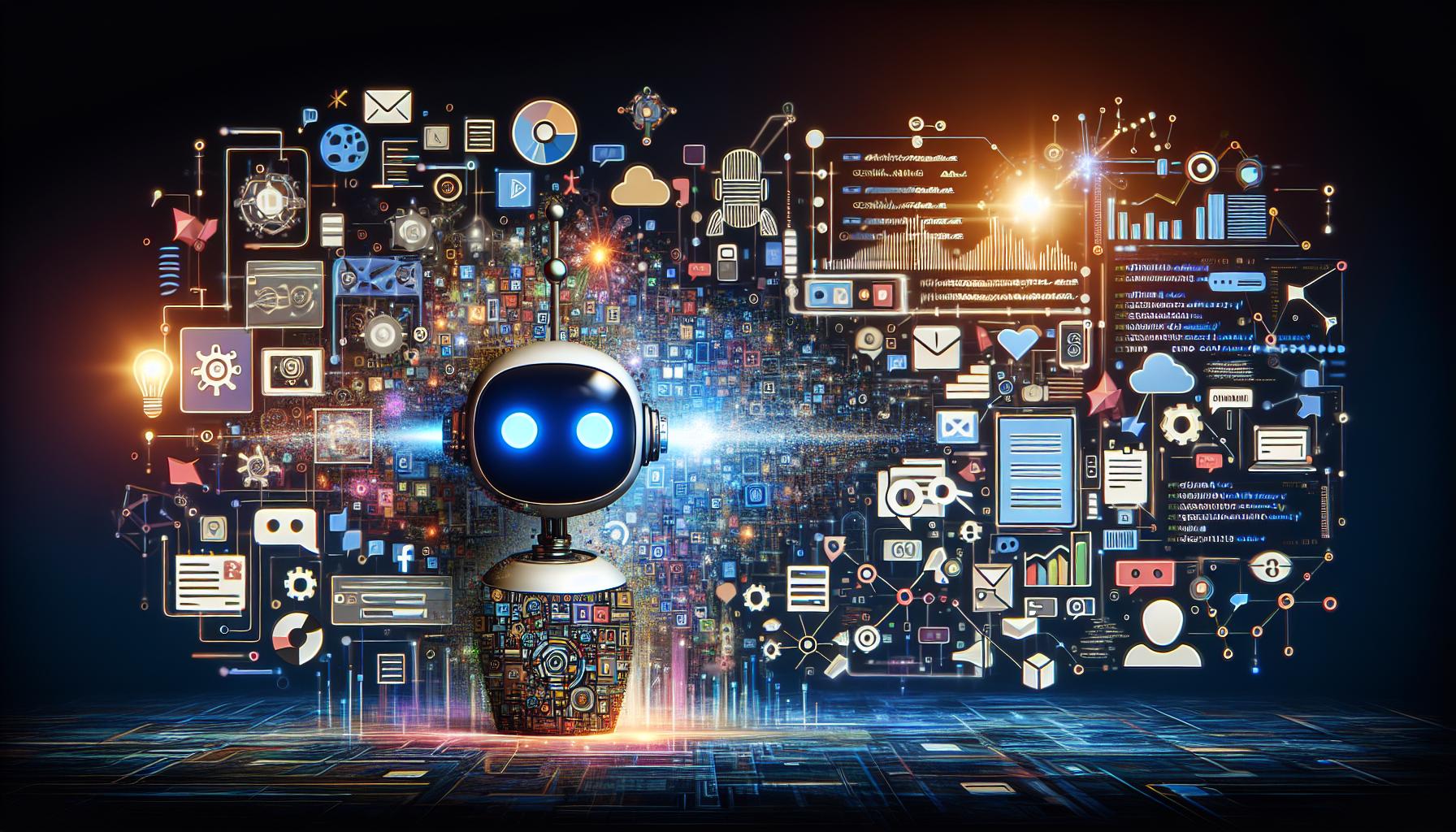ChatGPT vs. Traditional AI: A Comprehensive Analysis

Introduction
Artificial Intelligence (AI) has been pivotal in shaping the digital era, with technologies evolving from simple automated responses to complex conversational interfaces. Among the most talked-about advancements is ChatGPT, which has sparked debates about its position in the realm of AI. Is ChatGPT just a sophisticated interface utilizing collective internet data, or is it a genuine step towards achieving the A.I. dream? This article delves into these questions, offering a fresh perspective on how ChatGPT compares to traditional A.I. systems and its impact on user experience (UX).
Understanding ChatGPT
ChatGPT, developed by OpenAI, stands out as a disruptive technology in the A.I. landscape. Unlike traditional A.I. systems that often depend on rigid algorithms, ChatGPT adopts a more flexible approach through language models trained on diverse internet datasets. This enables it to provide responses that feel more coherent and contextually aware, closely mimicking human-like interactions.
ChatGPT versus Traditional A.I. Interfaces
Traditional A.I. interfaces, such as search engines or database queries, typically provide static, keyword-based results. In contrast, ChatGPT offers a dynamic interaction model. By processing and understanding natural language, ChatGPT can undertake a more conversational role, allowing users to have an 'intelligent dialogue' with the machine, a marked improvement in UX over traditional methods.
Implications for User Interactions
The way users interact with information has transformed significantly with ChatGPT. Conversational A.I. allows users to engage in a more intuitive, natural manner, which reduces the learning curve and enhances accessibility. For instance, instead of formulating precise search queries, users can now ask questions or converse in everyday language and receive information that would have required multiple specific searches previously.
ChatGPT: A Collaborative Tool Rather Than Traditional AI?
One critical view posits that ChatGPT acts more as a collaborative tool rather than a standalone A.I. entity. It collates and synthesizes information from vast datasets, presenting it in a conversational form that augments human knowledge and decision-making processes. Here, the intelligence is not just in 'creating' data but in 'accessing and presenting' it efficiently and intuitively.
The Evolution of User Experience with AI
The integration of A.I. like ChatGPT into digital platforms has altered user expectations and demands. Users now seek more engaging, interactive experiences that provide instant feedback and personalized interactions. This shift underscores the importance of A.I. technologies that can adapt to and predict user needs, further emphasizing the need for continuous evolution in A.I. to better serve human preferences.
Conclusion
In conclusion, while ChatGPT might not fit the traditional mold of AI, it certainly pioneers a new form of intelligence interface. Through its sophisticated design and functionality, ChatGPT enhances and redefines interactions within the digital space, paving the way for more intuitive, user-centric technology ecosystems. As we continue to explore and expand the boundaries of what A.I. can achieve, understanding and leveraging platforms like ChatGPT will be crucial in the intelligent evolution of digital user experiences.

